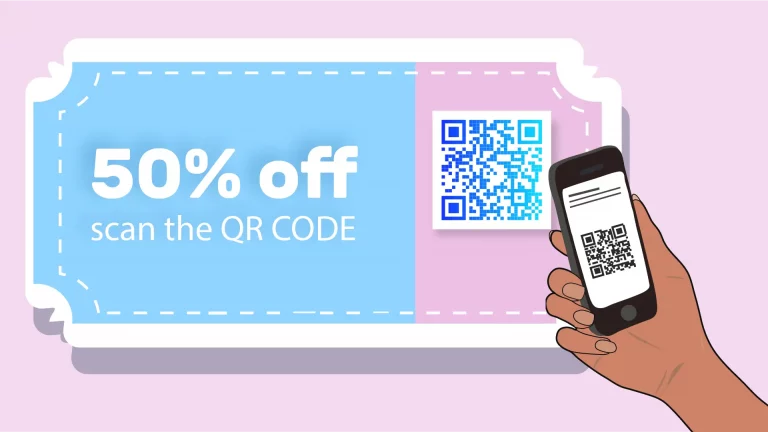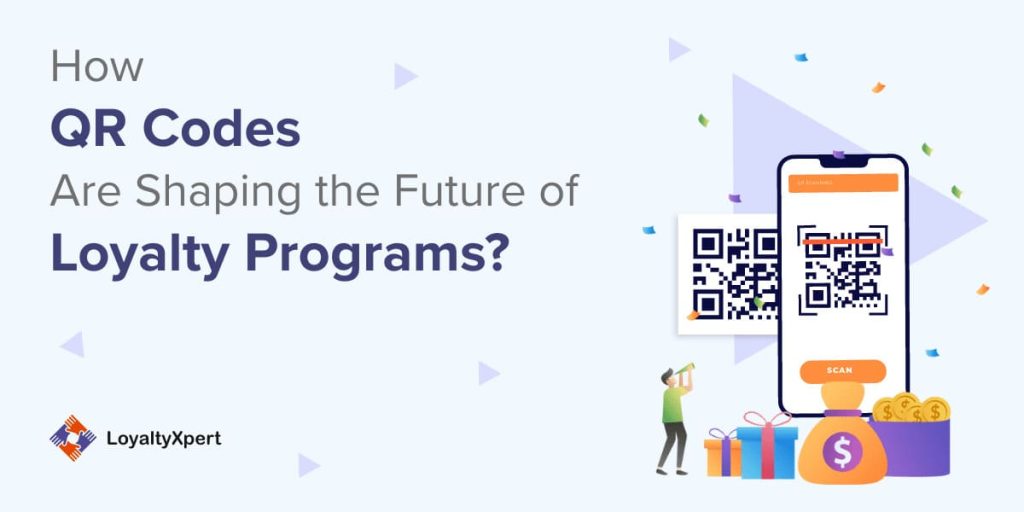Increase Customer Retention With a Powerful Loyalty System
In today's affordable marketplace, boosting customer retention is not simply useful yet vital for continual growth. A properly designed commitment system offers as a crucial tool in this endeavor, cultivating meaningful partnerships in between companies and their customers. By recognizing the essential parts of effective commitment programs, companies can tailor their strategies to fulfill diverse consumer needs.
Relevance of Client Retention
Customer retention is a keystone of sustainable service success. It shows the capacity of a company to maintain its clients involved and pleased gradually, bring about duplicate acquisitions and long-lasting success. Keeping existing consumers is frequently much more cost-effective than obtaining brand-new ones, as it decreases advertising expenses and promotes a loyal customer base that promotes for the brand.

Additionally, high customer retention prices can improve a business's credibility on the market, attracting new clients with favorable word-of-mouth and recommendations. Companies that prioritize customer retention are additionally better positioned to gather important responses, enabling them to refine their offerings and address potential problems proactively. Inevitably, effective customer retention methods produce a solid foundation for growth, allowing companies to thrive in a progressively competitive landscape.
Key Parts of Loyalty Programs
A properly designed loyalty program functions as a powerful tool for improving client retention by providing motivations that motivate repeat business. To accomplish this, a number of vital elements must be incorporated right into the program.
First, a clear structure for benefits is necessary. Consumers need to quickly comprehend just how to earn rewards or points, which can be based upon acquisition regularity, costs levels, or specific activities like recommendations. This openness promotes count on and inspires interaction.
2nd, personalization plays a critical duty. Customizing benefits and communication to private choices improves consumer contentment and reinforces connections. By leveraging information analytics, services can use targeted promotions that resonate with clients' passions.
Third, ease of use is important. A seamless sign-up procedure and an intuitive user interface for tracking incentives can substantially improve client experience. If consumers locate it troublesome to browse the program, they might disengage.
Last but not least, routine communication and updates about the program keep it top-of-mind for consumers. Notifying them of brand-new incentives, unique offers, or program changes aids preserve rate of interest and involvement.
Integrating these parts properly can cause an extra successful commitment program that significantly improves client retention.
Sorts Of Commitment Solutions
Exploring different kinds of loyalty systems reveals distinct strategies that organizations can adopt to promote consumer retention. One common type is the points-based system, where clients gain points for every single acquisition, which can later be redeemed for benefits. This uncomplicated technique incentivizes repeat purchases and maintains consumers involved.

Cashback commitment programs, where consumers receive a percentage of their purchases back as cash or shop credit score, are also prominent. This model straight rewards investing, producing an discover this info here instant motivation for consumers to return.
Furthermore, subscription-based commitment systems offer customers with special benefits in exchange for a reoccuring cost. This method not only makes certain a consistent profits stream however likewise fosters lasting connections with customers who value recurring rewards.
Lastly, experiential loyalty programs concentrate on using unique experiences, such as unique occasions or individualized solutions, boosting psychological links and brand name commitment. Each sort of loyalty system uses unique advantages, enabling companies to align their approaches with customer choices.
Finest Practices for Application
When executing a commitment system, companies must focus on comprehending their client base to customize the program efficiently. Carrying out complete research to determine consumer preferences, motivations, and behaviors is necessary. This insight will direct the design of the commitment program, guaranteeing it reverberates with the target market.
Picking a model that aligns with client assumptions can enhance involvement. In addition, simpleness is important; clients should conveniently understand how to make and redeem incentives.
Assimilation with existing systems is one more best method. The commitment program must seamlessly connect with point-of-sale systems, mobile apps, and customer relationship management (CRM) devices to offer a cohesive experience. Effective communication is vital. Businesses need to frequently promote the commitment program with numerous networks, making certain consumers understand the advantages.
Lastly, collecting continuous feedback is essential for continual enhancement. Solicit consumer input to Full Report fine-tune the program and adapt to changing choices, eventually fostering long-lasting loyalty and boosting customer satisfaction.
Determining Loyalty Program Success
Efficiently carrying out a commitment program prepares for gauging its effectiveness. To assess success, organizations have to establish clear metrics that line up with their purposes. Key efficiency indications (KPIs), such as customer retention rates, ordinary transaction value, and regularity of repeat acquisitions, provide important understandings right into program performance.
Another critical measure is the redemption price, which shows how typically consumers use their rewards. A high redemption rate typically mirrors a program's good looks and relevance to clients. Additionally, tracking client interaction via engagement in unique promotions or events can reveal trends in loyalty behaviors.
Customer comments is likewise important; surveys and focus groups can light up understandings of the commitment program, highlighting locations for enhancement. Analyzing consumer life time worth (CLV) can aid measure the monetary effect of commitment efforts.
Carrying out these measurement methods enables businesses to evaluate the program's performance continuously. This data-driven strategy enables notified decisions for optimizing offerings, boosting client experiences, and ultimately fostering much deeper consumer commitment. By consistently assessing these metrics, organizations can ensure their commitment programs progress in tandem with client expectations and market characteristics.
Verdict
In verdict, a well-structured loyalty program significantly enhances client retention by promoting solid links through individualized rewards and efficient communication. Implementing finest practices makes certain that the program remains easy to use and appropriate, while constant comments helps with ongoing enhancements. Ultimately, an effective commitment system not only enhances customer contentment however additionally drives repeat acquisitions, establishing a faithful customer base that is important for long-term service success and maintained profitability.
Keeping existing consumers is usually much more economical than obtaining brand-new ones, as it lowers advertising costs and promotes a faithful client base that promotes for the brand name.
In enhancement, high consumer retention rates can enhance a company's credibility in the market, drawing in new clients via favorable word-of-mouth and references.When executing a loyalty system, businesses should prioritize understanding their client base to tailor the program effectively. Companies ought to consistently promote the commitment program through different networks, guaranteeing clients are conscious of the advantages.
Ultimately, an effective commitment system not only improves client complete satisfaction but additionally Visit Your URL drives repeat acquisitions, developing a devoted client base that is essential for long-lasting organization success and maintained earnings.